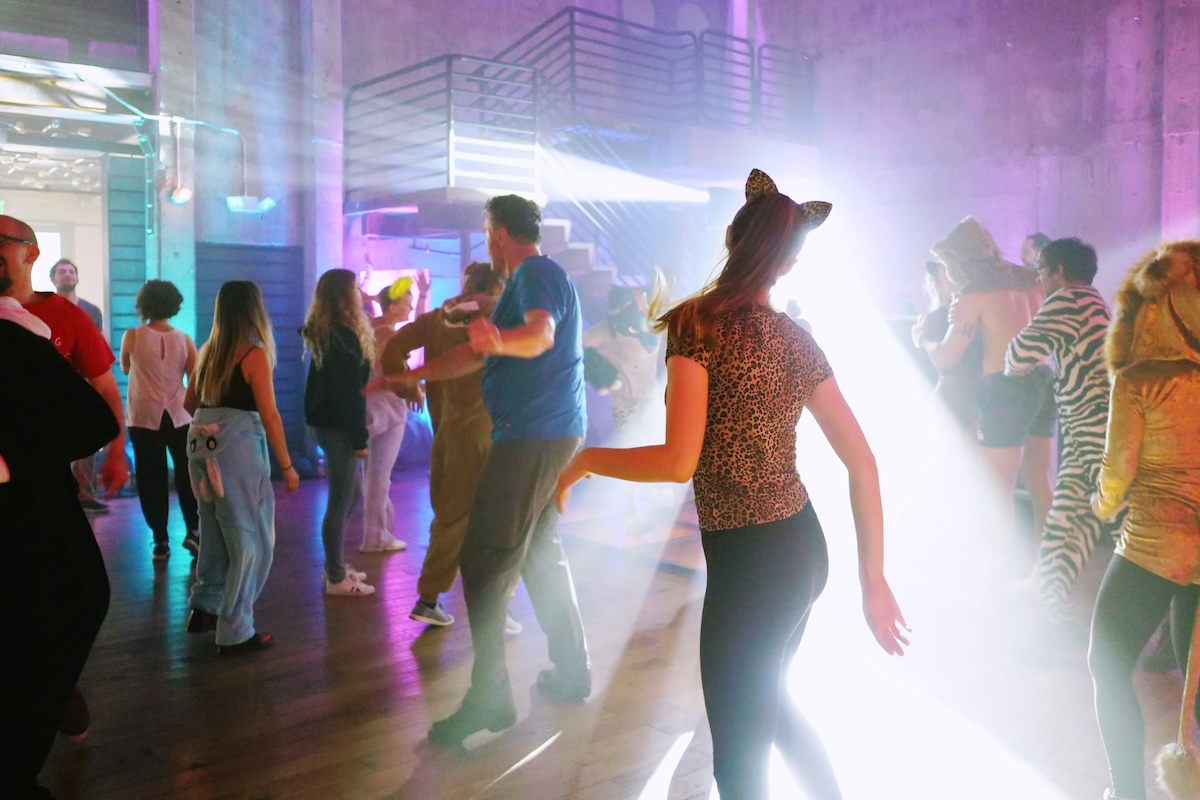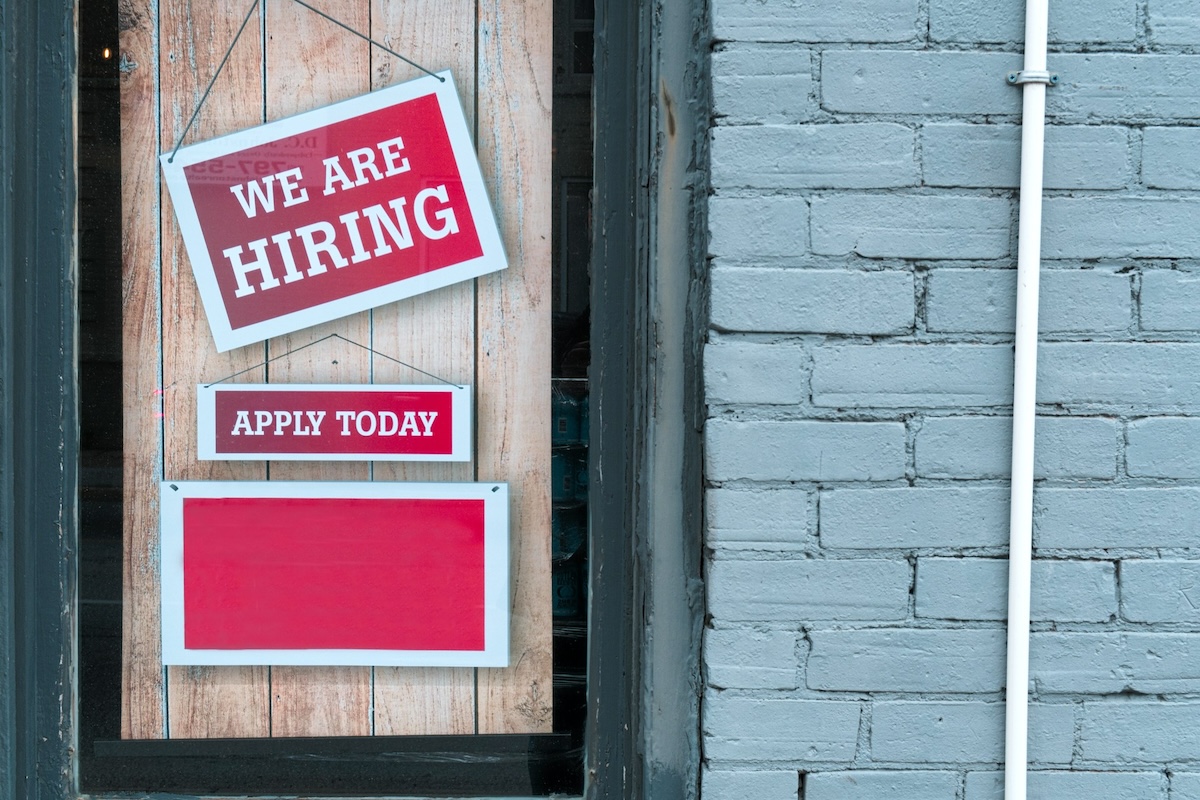Skift Take
There is no more trusted space for disseminating information than an in-person event. Are you using this to your advantage?
According to the just-released Freeman Trends Report, in-person events are the most trustworthy source of information, more so than academic institutions and media outlets.
“Events are authentic and transparent, and the chance of misinformation is slim as one’s own eyes are experiencing it personally,” said Ken Holsinger, senior vice president of strategy at Freeman, about these findings. “Event planners should take this information and use it to tout their events as the most trusted space for disseminating information.”
Today’s Next Gen Event Goer (NGEG), who is between 20 to 44 years old, trusts events as an information source more than government leaders and social media influencers. Their second most trustworthy source is academic institutions, closely followed by professional trade organizations.
Seismic Generational Shift
There has been a seismic shift in those attending events, according to the study that focuses on event attendee intent and behavior for the first quarter of 2023. That shift is today’s attendee is younger, with an average age of 45, six years younger than the pre-pandemic average of 51.
“Three years of rapid retirement has resulted in the baton being tossed from Boomers directly to Millennials,” said Ken Holsinger, senior vice president of strategy at Freeman. “There is a leadership vacuum as Gen X isn’t big enough to pick up the reigns. So, it’s on the Millennials who are hitting middle age.”
There is a rapid shift in age and the number of female attendees. “Women above the age of 45 didn’t attend events as significantly as younger women. The future is definitely female,” said Holsinger. These demographic shifts will impact the trajectory of the events industry.
For the NGEG, events must be experiential and respectful of a remote working world. The Trends Report states, “They’re looking for great connection to their colleagues and industry, more hands-on learning experiences, and a clear value proposition that aligns with their work/life priorities.”
They want connection. With fewer opportunities to meet with colleagues in a remote work world, they relish in-person events. They want personalized experiences that provide them flexibility and some infusion of culture. “The top professional priorities are to discover new products and connect with clients and colleagues,” said Holsinger. “They want peer-to-peer exchange where they meet new contacts, speak with experts, and have unique experiences.”
Adapting to Audience Preferences
With a shift in age must come a change in terminology. For instance, “virtual” is a term that respondents view negatively, favoring “online.” The same goes for education. They prefer the term “learning.” Other negative terminology? Exhibits and trade show booths. The new attendee prefers product discovery, uncovering trends, and new products. The word hybrid is being replaced with remote attendance. “It’s important we communicate with the language they prefer,” said Holsinger.
Today’s attendee wants to hear from experts in their industry — not motivational speakers who are not related to their field. The least popular speaker, according to the study, is a celebrity. The ideal length of a keynote speech is 40 minutes long and is focused on innovation and new ways of thinking.
Although you can block out 90 minutes for your general session, it should contain various elements. Odds are a talking head behind a podium addressing the crowd for 90 minutes will fall flat. “The younger generation is not as patient. They will come to this session and leave if this is what is offered. Their attention span is shorter,” said Holsinger. “Instead, tell them what to expect at each time interval.”





